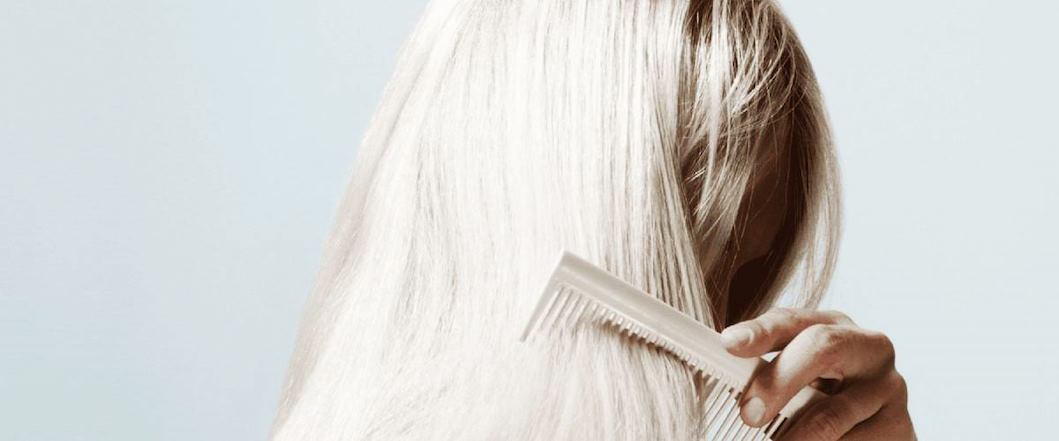Color Correction: Fixing Hair Dye Disasters
Hair dye disasters can happen to anyone, leading to uneven tones, unexpected shades, and patchy coverage. Fortunately, color correction techniques can help salvage your look.
Assess the Situation
Before taking corrective measures, identify the specific issues, such as uneven color, unwanted tones, or patchy coverage. Home remedies might work for minor problems, like slight unevenness or a color that’s too dark. For more significant issues, seek professional help from a colorist.
Use Clarifying Shampoo
If your hair color is too dark or the shade is off, clarifying shampoo can help lighten it. These shampoos remove buildup and can strip away some of the dye. Wash your hair multiple times, but follow up with deep conditioning, as clarifying shampoos can be drying.
Another remedy for too-dark hair is a mixture of baking soda and anti-dandruff shampoo. Mix equal parts, apply to damp hair, leave for 10-15 minutes, and rinse thoroughly. Repeat until you achieve the desired lightness.

Tone Down Unwanted Shades
The right toner can correct unwanted tones, like brassy yellows or orange hues. For blonde hair, use a purple or toner shampoo to neutralize yellow tones; for orange hair, use a blue shampoo or toner. Apply these products once or twice a week as needed.
A tomato juice or ketchup treatment can neutralize the color for greenish tints from chlorine exposure. Apply to affected areas, sit for 20-30 minutes, then rinse thoroughly.
Correct Uneven Color
For uneven or patchy color, use a color correction kit or gloss treatment to even out the tone. Choose a shade that closely matches your desired color. See a professional colorist for a color balancing technique for severe unevenness that ensures even coverage and minimizes damage.
Deep Conditioning and Repair
Hair dye disasters can leave hair dry and damaged. Incorporate deep conditioning treatments into your routine to restore health. Use a nourishing hair mask or deep conditioner once or twice a week. Look for products with ingredients like keratin, argan oil, and coconut oil. Regular trims are also important to remove damaged ends.


